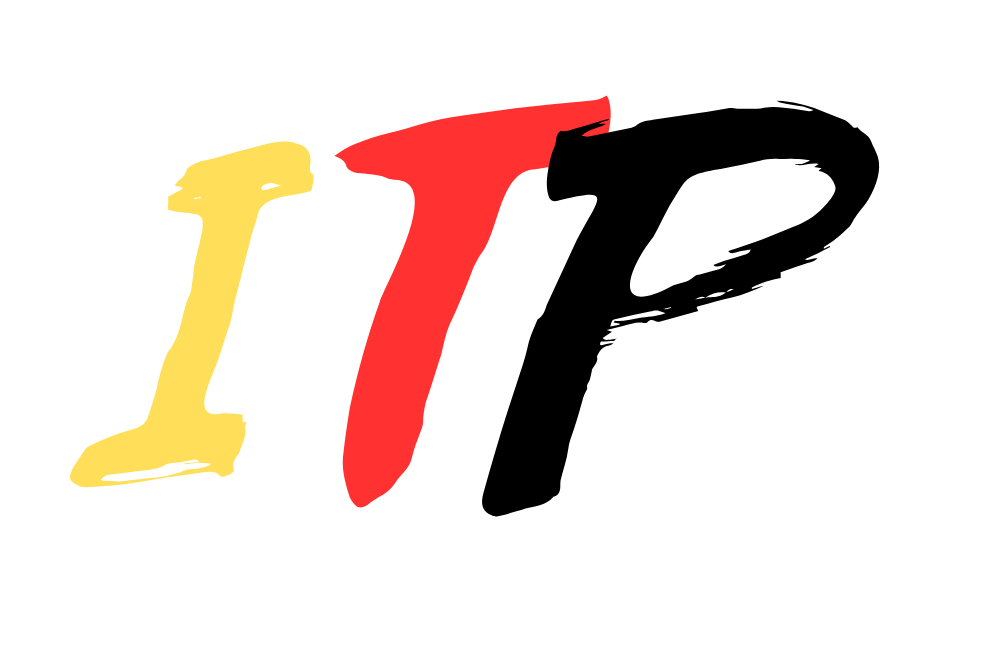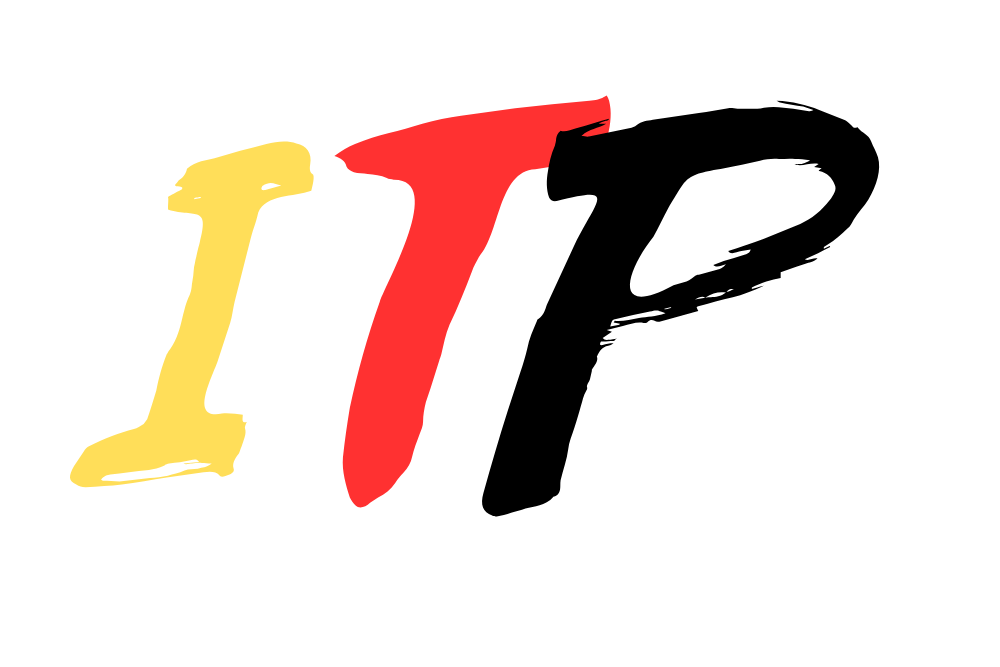Digital goods refer to intangible products or materials that are distributed and consumed electronically through digital devices and platforms. Unlike physical goods, which are tangible and can be touched, digital goods exist in a purely digital format and can be easily transferred, copied, and shared over the Internet or other digital networks.
Examples: Digital goods include:
E-books: Electronic books that can be read on e-readers, tablets or computers.
Music: Digital music files in formats such as MP3 that can be downloaded and played on a variety of devices.
Movies and Videos: Digital movies, TV shows, and videos that can be streamed or downloaded from platforms like Netflix, YouTube, and iTunes.
Software and Apps: Digital software programs and applications that can be downloaded and installed on computers, smartphones and other devices.
Games: Digital video games that can be downloaded and played on gaming consoles, computers and mobile devices.
Digital Art and Media: Digital images, illustrations, graphic, and other forms of digital art that can be shared and distributed online.
Virtual Goods: Items or assets that have value within virtual worlds or online games, such as virtual currency, skins, avatars, and virtual real estate.
Online Courses and e-Learning Materials: Digital courses, tutorials, and educational materials that can be accessed and completed online.
Subscription Services: Digital services that provide access to a collection of digital goods, such as streaming platforms (eg Netflix, Spotify), cloud storage, etc.
Digital goods have the advantage of being easily replicable and distributable, allowing efficient delivery to a global audience without the constraints of physical manufacturing and shiping. However, they also raise challenges related to piracy, copyright protection, and intellectual property rights.



0 Comments